Jonathan Harb began his career as a production assistant in the art department at ILM in 1996, he later became concept artist, matte painter, supervisor of the matte painting department and VFX supervisor. At ILM, he worked on such films as MEN IN BLACK I and II, the new STAR WARS trilogy, THE PERFECT STORM, or I.A. In 2007, he founded Whiskytree and oversaw the effects of movies like TERMINATOR SALVATION or TRON LEGACY.
What is your background?
I grew up in the South of the United States, and earned a degree in industrial design from the College of Design at North Carolina State University. Although I began college as a mechanical engineer, I discovered industrial design as a freshman. After transferring to the College of Design there was no looking back. From college I started as a production assistant in the art department of ILM. I worked at ILM just past 11 years, along the way gaining experience as a concept artist, matte painter, supervisor of the matte department and visual effects supervisor. I opened Whiskytree 4 years ago, and have been running the company, and supervising & producing the company’s work, since. My credits include THOR, TRON LEGACY, TERMINATOR SALVATION, all 3 STAR WARS prequels and so on, all the way back to the first MEN IN BLACK film.
How was your collaboration with director Kenneth Branagh and VFX supervisor Wesley Sewell during production?
Terrific. Wes was generous on-set in making sure that we reviewed work together with Ken. Ken’s approach to Asgard struck me as very matter-of-fact from the onset. One would think that the subject matter would be hard to get one’s head around, but Ken had clear feelings from the start as to what worked and what didn’t. Wes produced more research than I thought one person could possibly amass. He also worked with a very collaborative style, and the whole effort ended up as a very close creative partnership.
How did Whiskytree get involved on this film?
I received a call from Di Giorgiutti, Visual Effects Producer extraordinaire, who was looking for a vendor to take on designing and building Asgard for the film. That call was one I will remember.
What are the sequences made by Whiskytree?
Whiskytree’s work for THOR is exclusively on Asgard. The establishing shots and wide vistas of Asgard seen throughout the film are ours, as are shots in the coronation sequence, exterior of Odin’s vault, banquet hall sequence, healing room sequence, and a few other places where we see interior and exterior views of Asgard.
Can you tell us what you’ve received from production to create these magnificent views of Asgard?
Bo Welch and his team had created many production paintings as a starting point for the look of Asgard. They also had some geometry, and this formed the basis for our work on some pieces of Asgard architecture. For example, the art department had some pretty refined geo of Odin’s Tower that we drew heavily from in building the version you see in the film. They also sent us up pics of statue maquettes, and even sent us a few wall tiles from the throne room set. The story of Patrick Bareis, the VFX PA, managing to ship a stack of 7-foot long tiles via Fed-Ex is a good one…
What were the indications of Kenneth Branagh for Asgard?
Asgard is meant to be very old, yet very advanced. Ken’s direction, and that of the folks at Marvel, who were also very involved in developing the look of Asgard, was always toward a minimal, yet very sophisticated look. Creating the details of Asgard’s architecture was a very challenging design problem, and on many occasions required several passes at individual buildings or architectural details.
On so many projects it is tempting to resolve a design by adding details and intricate structures to flesh them out, and initially we proceeded this way. Not so with Asgard. Ken et al. were very clear in steering us toward less bitty details, with a more refined sense of larger structures. Very few structures on Asgard contain greeblies that are so common in so many depictions of other fantastical places as seen in other films. This sense of refined minimalism sets Asgard apart.
Can you explain in detail the creation of one of these shots?
Several of our team worked for many months on creating potential camera angles to use for the film. We even sent our Art Director, Joe Ceballos, and one of our matte painters, Juan Pablo Monroy, down for a few days to work directly with the production in creating unique angles to use for the film. Wes and Di also spent time with us here at Whiskytree to help drum up exciting angles of Asgard.
Simultaneously, Susumu Yukuhiro, one of our matte painting supervisors, headed up a team of artists who created Asgardian buildings for months on end. We knew that we needed a myriad of structures to populate the wide exterior vistas in the film, and as there would be very little of seeing the same structure more than once, we created dozens and dozens of detailed buildings to be used throughout the film.
In other development efforts, our computer graphics supervisor, Votch Levi, worked with our tools developer, Paul Hudson, to create tools and techniques to simplify and automate the processes we would use in manipulating the very large scene files required to build wide views of Asgard. We used Arnold for rendering, and its existing integration into Softimage was a boon for us. Votch and Paul built tools for distributing trees with ease, made laying out scenes a snap with our asset manager, Distill, and optimized scene files and tracked down bugs where needed. One of our TD’s, Sam Cuttriss, built an in-house crowd system using ICE, and a few other tools came into use along the way. Also, our Compositing Supervisor, Brandon McNaughton, contributed final polish to many shots throughout our work on the film.
Susumu Yukuhiro, Matte Painting Supervisor // All of the Asgard establishing shots were fully 3D matte paintings, as all the shots had dynamic camera moves, and this was was a stereo show. We built a huge Asgard building library, and made a general Asgard city plan. This helped all the artists to understand where things were and what you were supposed to see in each direction. For the very first establishing shot of Asgard, where the camera comes out from the water and flies through the cliffs to reveal Odin’s Tower, we went through many versions of pre-viz to find the best possible dramatic introduction. Once the camera was approved, it was a matter of assembling the layout with published CG assets such as buildings, cliffs, and trees. Our asset management system enabled us to assemble the complex 3D environment scenes much easier than the traditional way. We used Softimage to create all the 3D elements, and rendered with Arnold. Employing Arnold in this show was one of the best decisions we made for the show, and it allowed us to render with all of the expensive calculations such as GI, glossy reflection, and 3D motion blur, without costing too much render time. Additionally, all the effects work such as cloud/myst, flags/banners, water, and crowds were done with ICE in Softimage, and these libraries of effects also helped toward recycling for use in other shots. Also, while we originally planned to replace all of the CG cliff renders with image-based projections at the end, the sophisticated lighting and quality of the Arnold renders allowed for only about 10% of touch-up painting in the end.
Did you use special software to create the environment, including water and clouds?
We used ICE in Softimage for these effects.
Did the shiny Asgard structures cause you some troubles?
Yes, many troubles. Glossy surfaces are notorious for heavy renders and sizzling artifacts, and we experienced both in great quantity. Marcos at Solid Angle was great in tuning up Arnold’s sampling part of the way through the production, and that greatly reduced many of our render times.
How was the collaboration between different VFX vendors?
Excellent. We created a layout of Asgard from a distance for BUF to use in their distant views from Heimdahl’s Observatory, and successfully exported incredibly heavy scenes to them that you see in much of the film. Even though BUF uses their own proprietary tools for much of their own work, we found common technical ground, and Nix, their VFX Supervisor, was great to work with. It helped that he and I met and had a beer during our time on set, it’s always easier when you have a face for a name. We also had a large shared shot where we created the opening of the shot, and BUF handled the end of a very large pan as Thor and the Warriors 3 and Sif ride out of Asgard. No one would guess that two different houses created renders that contributed to the final shot, such was the success of our collaboration. Jake Morrison, an additional VFX supervisor on the film, also did a lot to ensure that we were able to seamlessly sync scenes with BUF.
Can you describe the thought process and development of creating the fantasy realm of Asgard.
Joe Ceballos, Art Director // We set out to make Kirby’s vision of Asgard a reality. The goal was to create a utopian realm in an extraterrestrial setting. We used curvilinear forms and manipulated scale to construct a golden city which reflected an ideal balance of both organic and industrial influences. The city layout was based on fractal geometry to embody the idea of organized chaos. It was important for Whiskytree to build a world that felt as though Odin designed each detail with intent; that every building, interior, and outdoor space was perfect in both form and function.
How did you manage this huge environment?
Joshua Ong, Matte Painting Supervisor // Whiskytree’s proprietary asset publishing system, Distill, allowed artists to easily share cameras, models, HDRI environment spheres, shaders, light-rigs, and animation rigs and provided a solid system to control asset versioning. When creating shot layouts, artists imported individual referenced models, cameras and light rigs from Distill and composed the shots. The sheer number of models needed to populate Asgard required artists to combine models into manageable clusters that were then published into a shot’s layout library. A master lighting/rendering scene referenced layout clusters and contained all pass information. Using Distill in concert with XSI’s model referencing paradigm allowed the ultimate flexibility for making changes to model meshes or materials that could be propagated all the way up to the master lighting scene at any stage.
What was the biggest challenge on this project?
Finding the look of the establishing shots of Asgard.
Has there been a shot or a sequence that prevented you from sleeping?
Yes, the shot at the end of the movie that takes us back to Asgard as we move above the clouds off of earth. This shot emerges over the rainbow bridge and is a long slow orbit around Odin’s Tower. The scene was full of a very large number of glossy materials, trees, and so on. Several hundred frames of this scene, rendered from each eye for stereo, amounted to an immense amount of proc time, right at the final crunch of delivering our last shots on the film. This shot was in fact the last one we delivered, and required a few sleepless nights for several of us.
What are your softwares at Whiskytree?
Votch Levi, Computer Graphics Supervisor // The Whiskytree VFX pipeline is designed with an artists workflow in mind. We use an in house developed asset manager named Distill coupled with Shotgun to organize all of our 3D assets and tasks. Distill is accessed via the NetView browser in Softimage and provides a graphical interface for artists to publish their scenes and references shared models. Distill handles the publishing of all scene components including Cameras, Rigs, Models, Materials, Textures, and Animation data. Callbacks within Distill handle post conversion of published assets allowing for automated conversion of Softimage assets to Nuke and other DCC applications.
Through Distill shots are divided into disciplines and individual tasks allowing artists to work in parallel and continually develop individual shot components. If the shot demands more resources or an accelerated schedule we use Jonathan’s “Force Multiplication” technique and divide the shot into smaller pieces for additional artists to develop and progress. Distill acts as the hub bringing the artists together, allowing the team to easily share shot components.
Once assets are published we take full advantage of Softimage’s referencing system and Arnold’s ability to render ultra dense scenes. During publishing, Softimage assets are converted into the Arnold Scene Source (ASS) format. ASS files act like a proxy in Softimage and defer loading of complex geometry until rendering. The Distill/Softimage/Arnold combo gives our lighters and matte painters the ability to create and render scenes with hundreds of millions of triangles and thousands of models while focusing on shot direction and aesthetics without the worry of software limitations and technical challenges.
How long have you worked on this film?
We worked on the film for 15 months, principal photography through post.
How did you organize the show and what was the size of your team?
Sumriti Bhogal, Production Manager // We had developed a very tightly knit group through the successful completion of our work on TERMINATOR SALVATION and TRON. Jonathan and I worked with our coordinator and PA to quickly facilitate all client feedback to our discipline Supervisors. We primarily utilized Shotgun during production of THOR to schedule and track our progress. We made sure to have fluid communication with our client and had a strong familial approach that can sometime be overlooked on large projects.
What did you keep from this experience?
Projects like this one are rare opportunities.
What is your next project?
CAPTAIN AMERICA.
What are the 4 movies that gave you the passion of cinema?
BIG TROUBLE IN LITTLE CHINA, UNFORGIVEN, FORREST GUMP and THE GODFATHER.
A big thanks for your time.
// WANT TO KNOW MORE?
– Whiskytree: Official website of Whiskytree.
© Vincent Frei – The Art of VFX – 2011


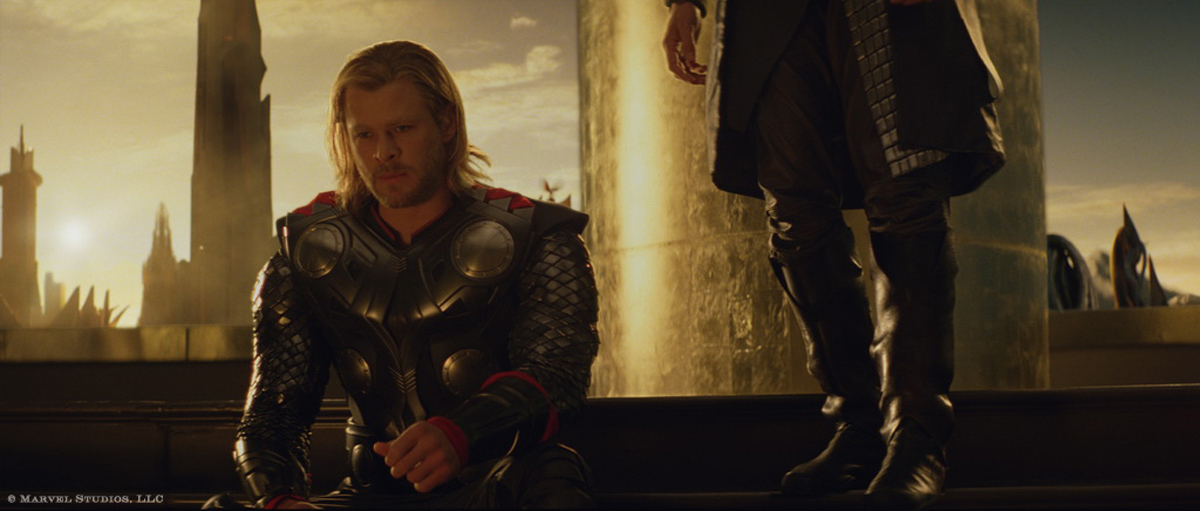
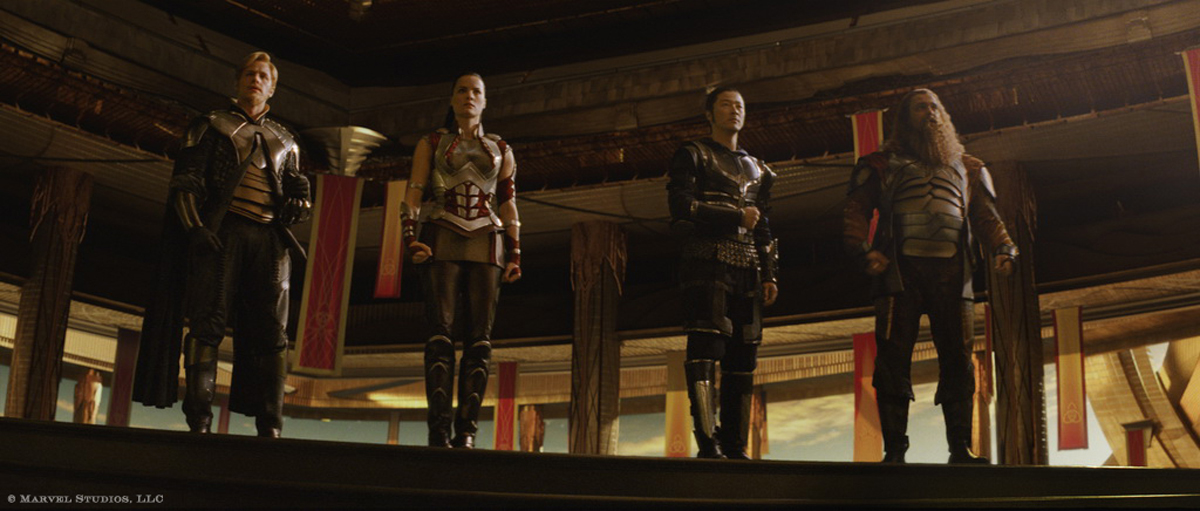
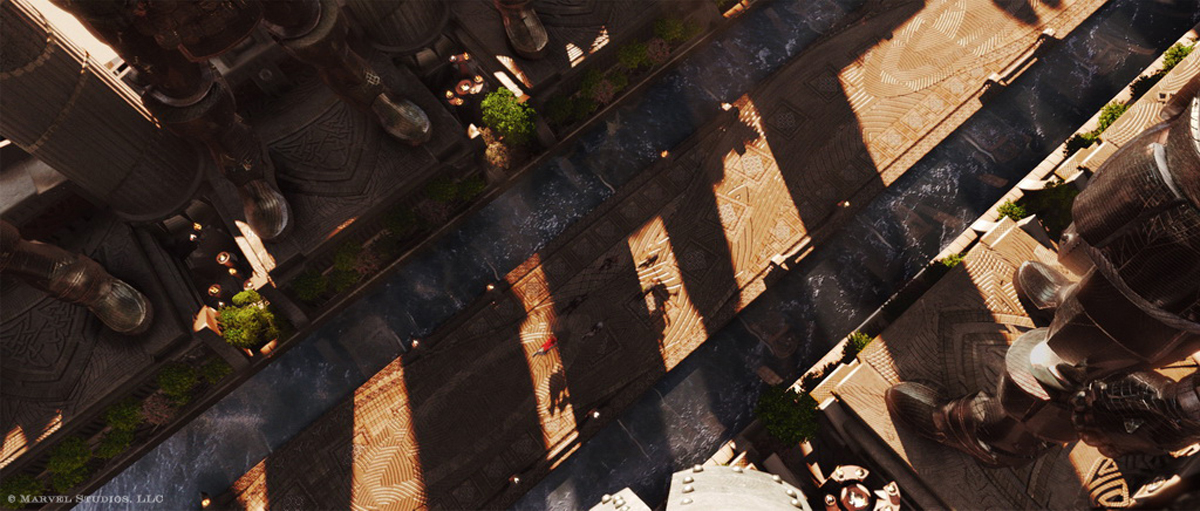
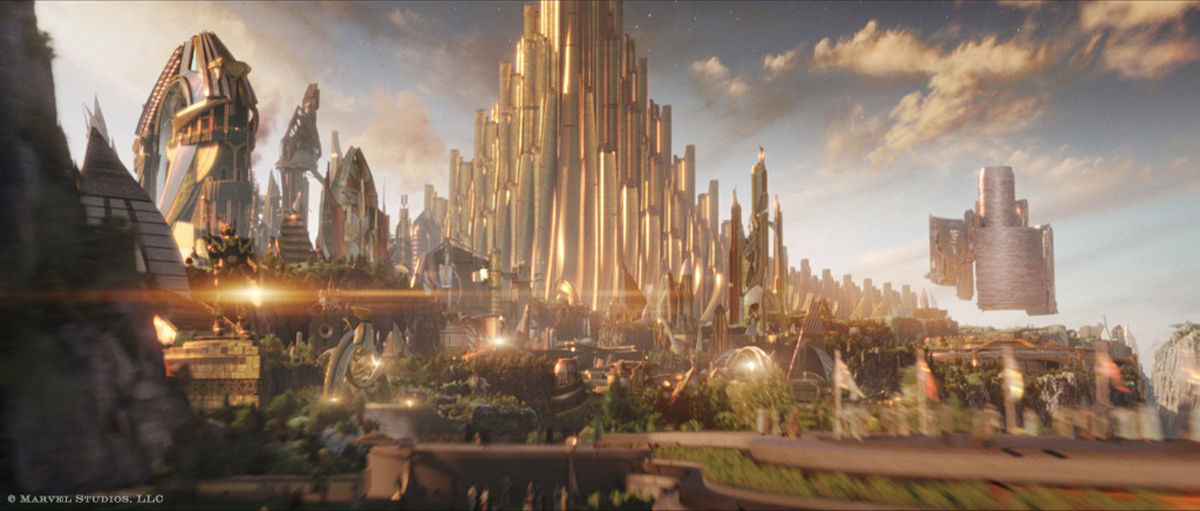
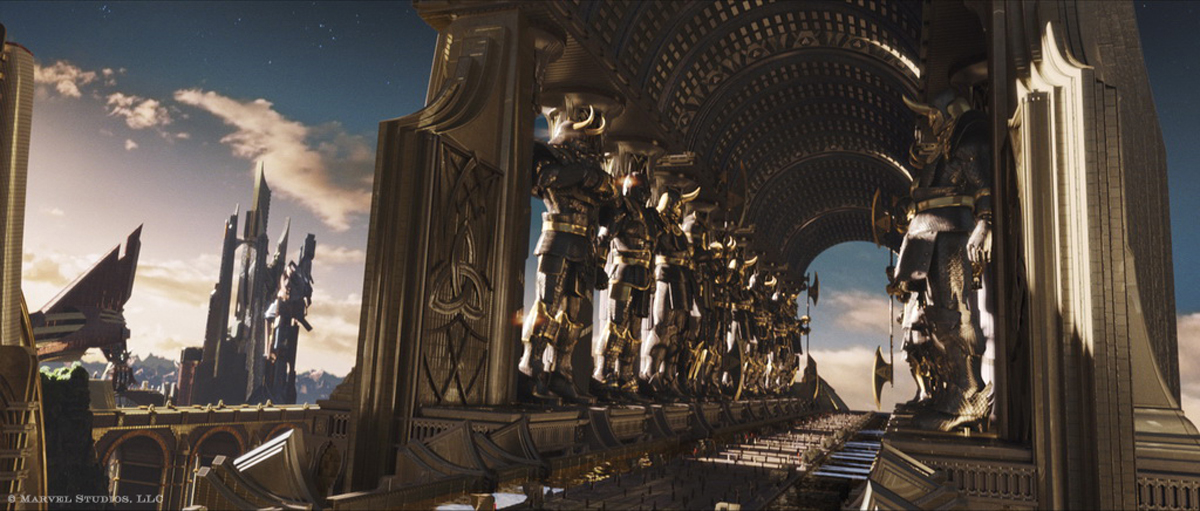
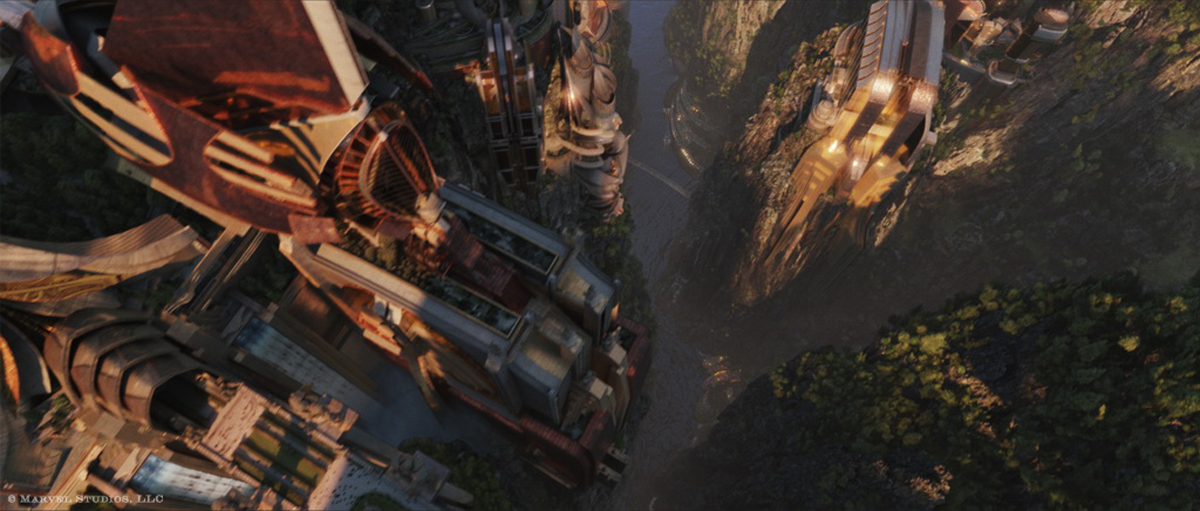
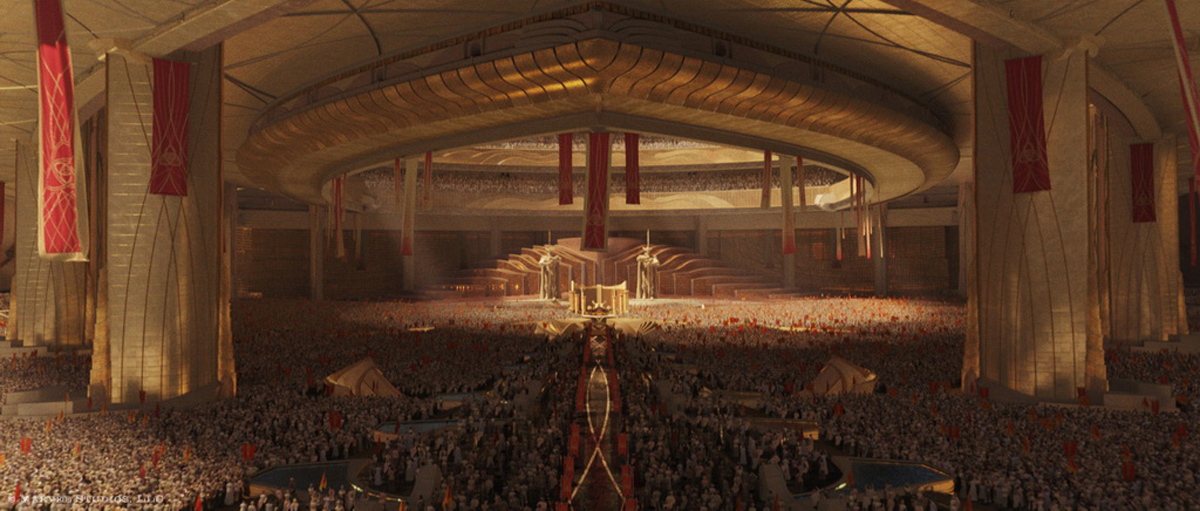
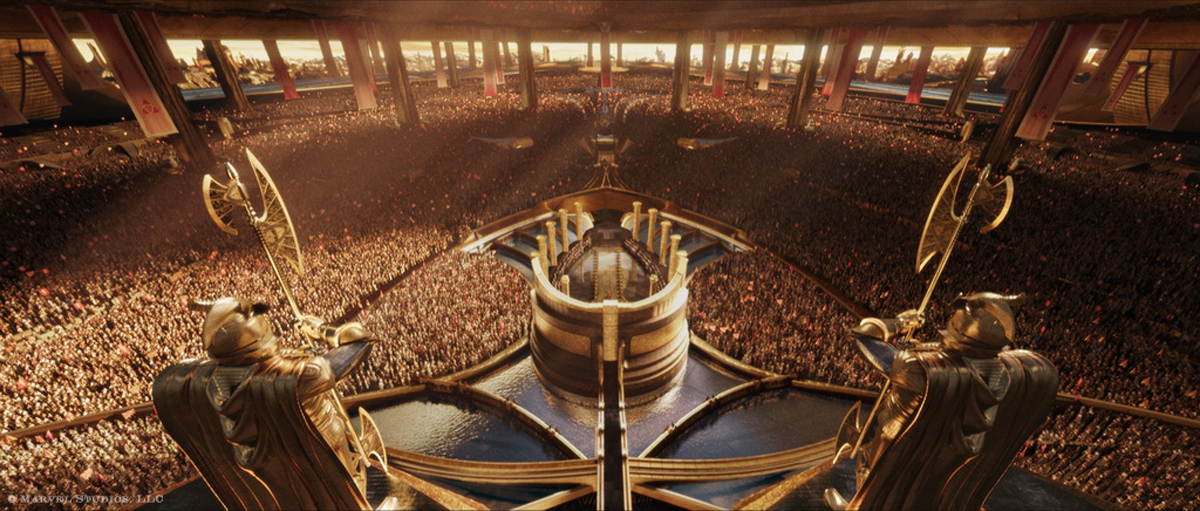

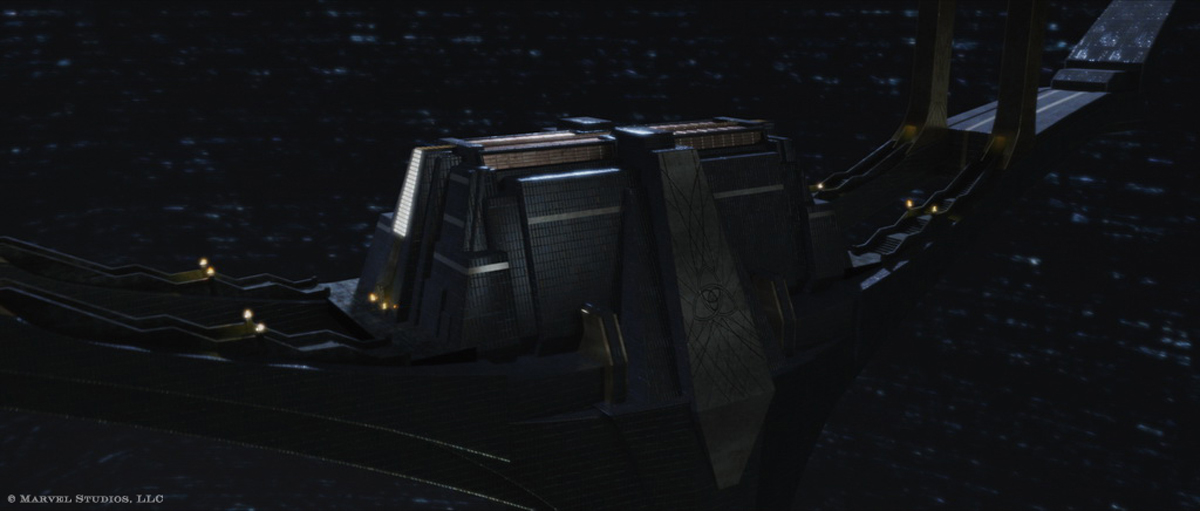
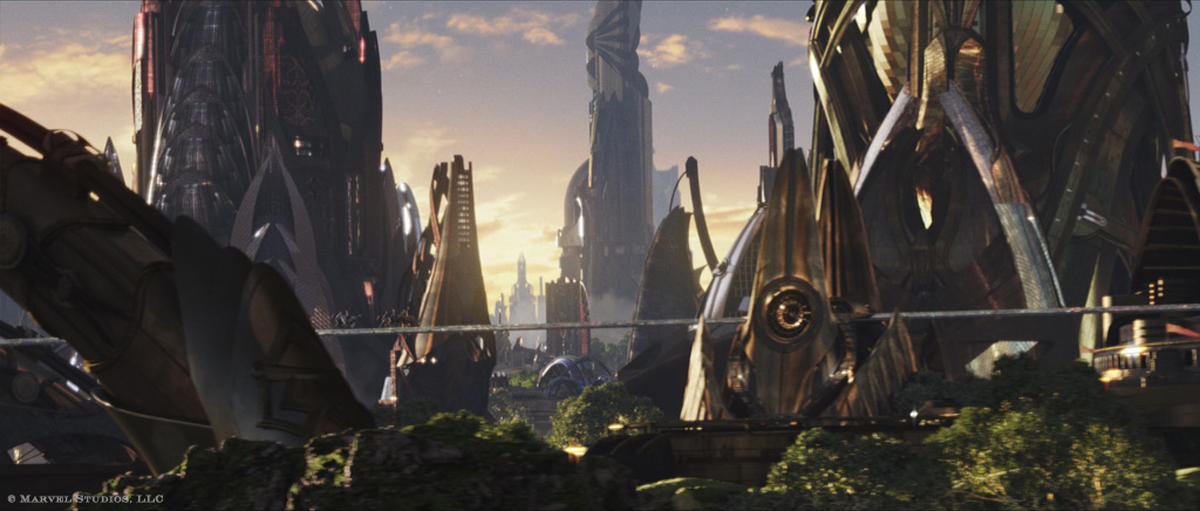
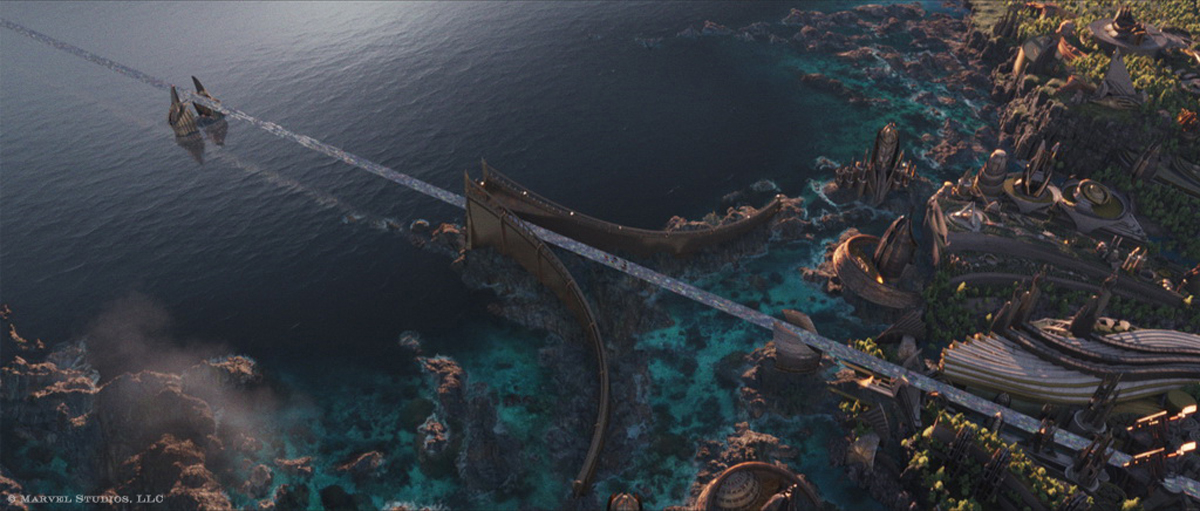

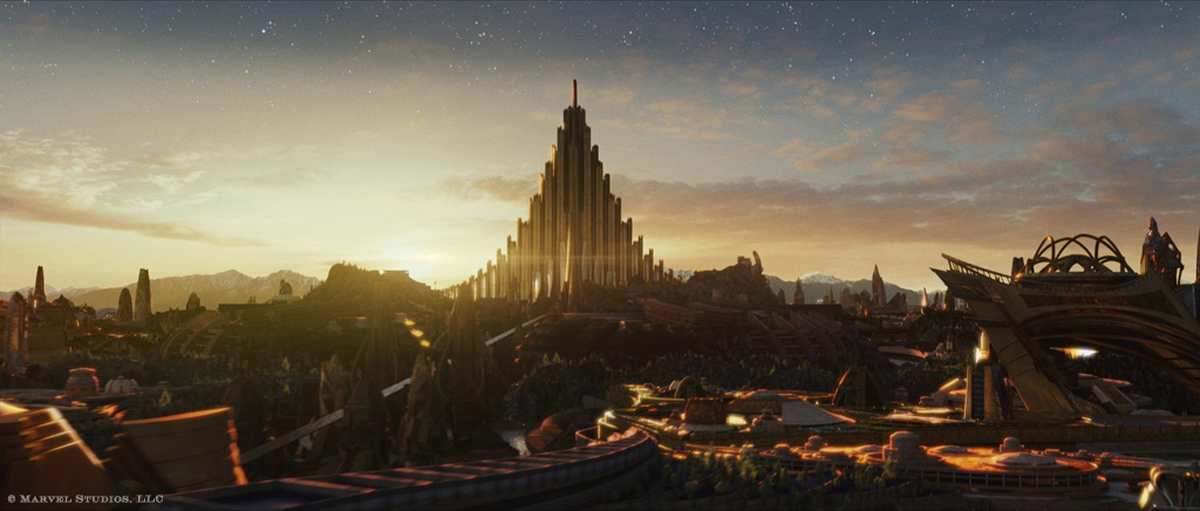



Great images!
Thank you so much for sharing! 🙂
Hi Jonathan, My husband Joe and I were watching terminator salvation and notice you name appear on the screen at the end. we are wondering if you are related to maheepa in north carolina. We are her relatives in Australia, maheepa would know all the Harb family here. Cheers Jackie & Joe Harb
The movie images of Asgard are fantastic. Is there a way to get still photos, or posters, or whatever of some of the different scenes??
Some of the scenes with the rainbow bridge and the sky with stars is amazing. Would love to be able to get some stills.